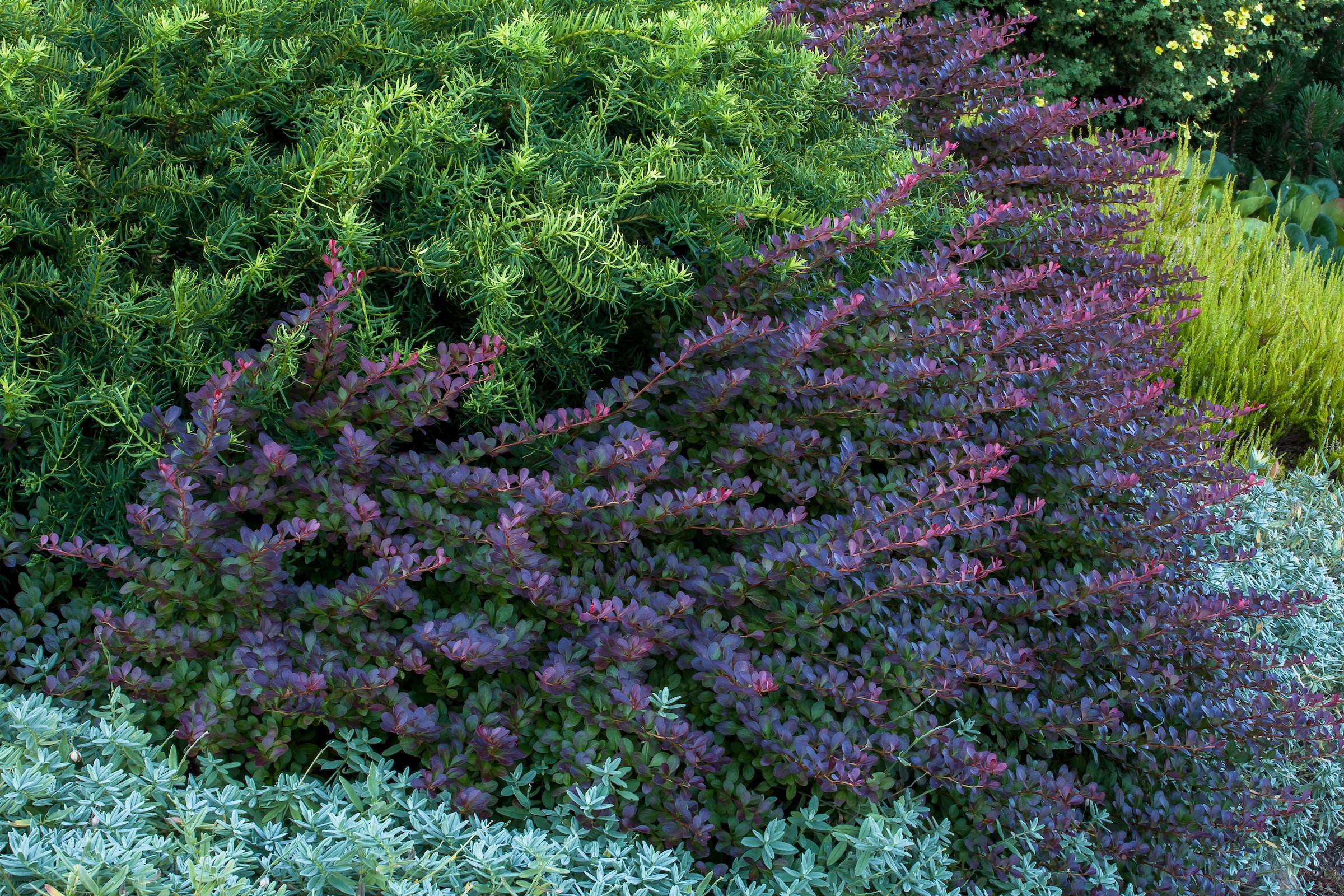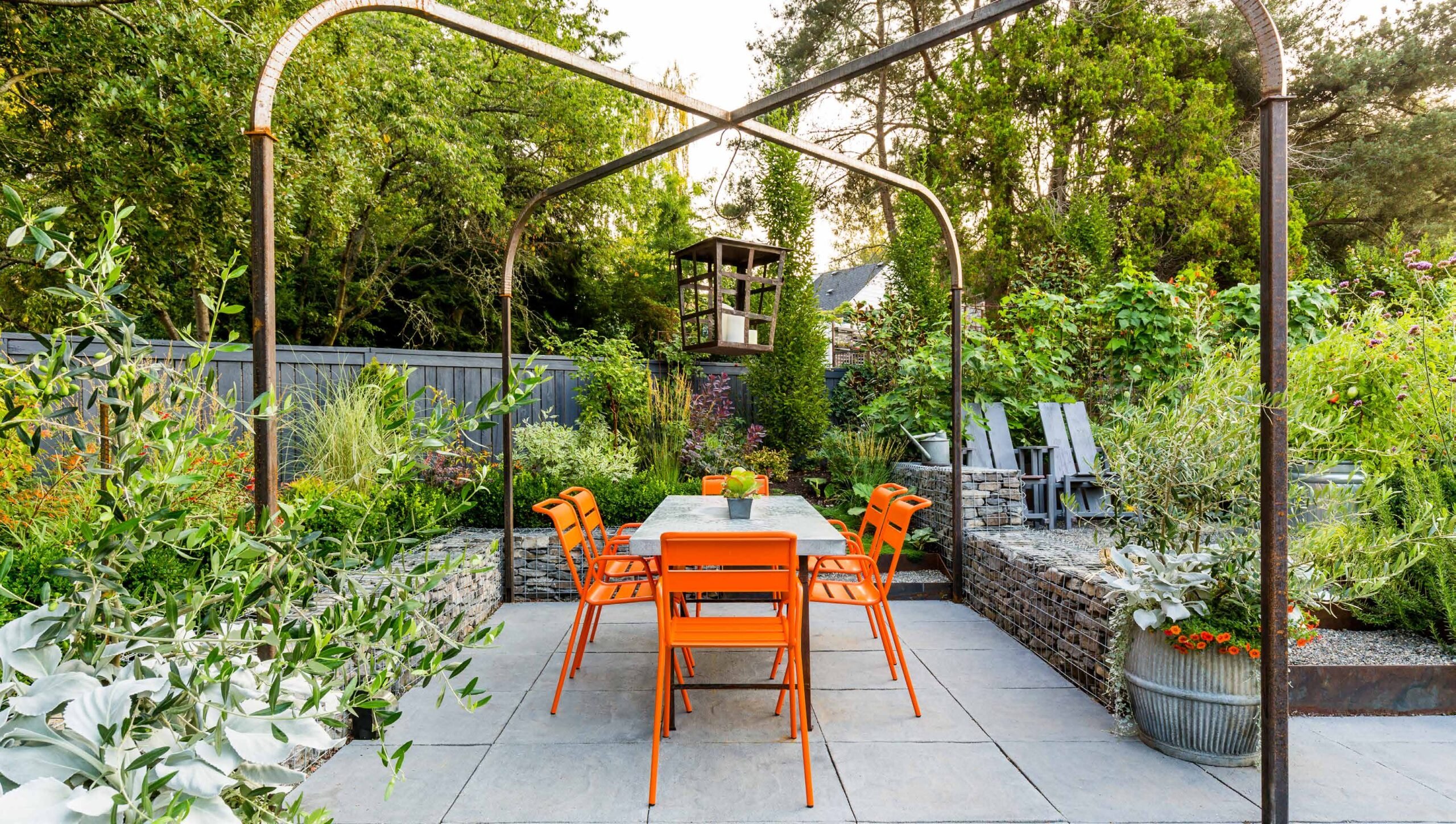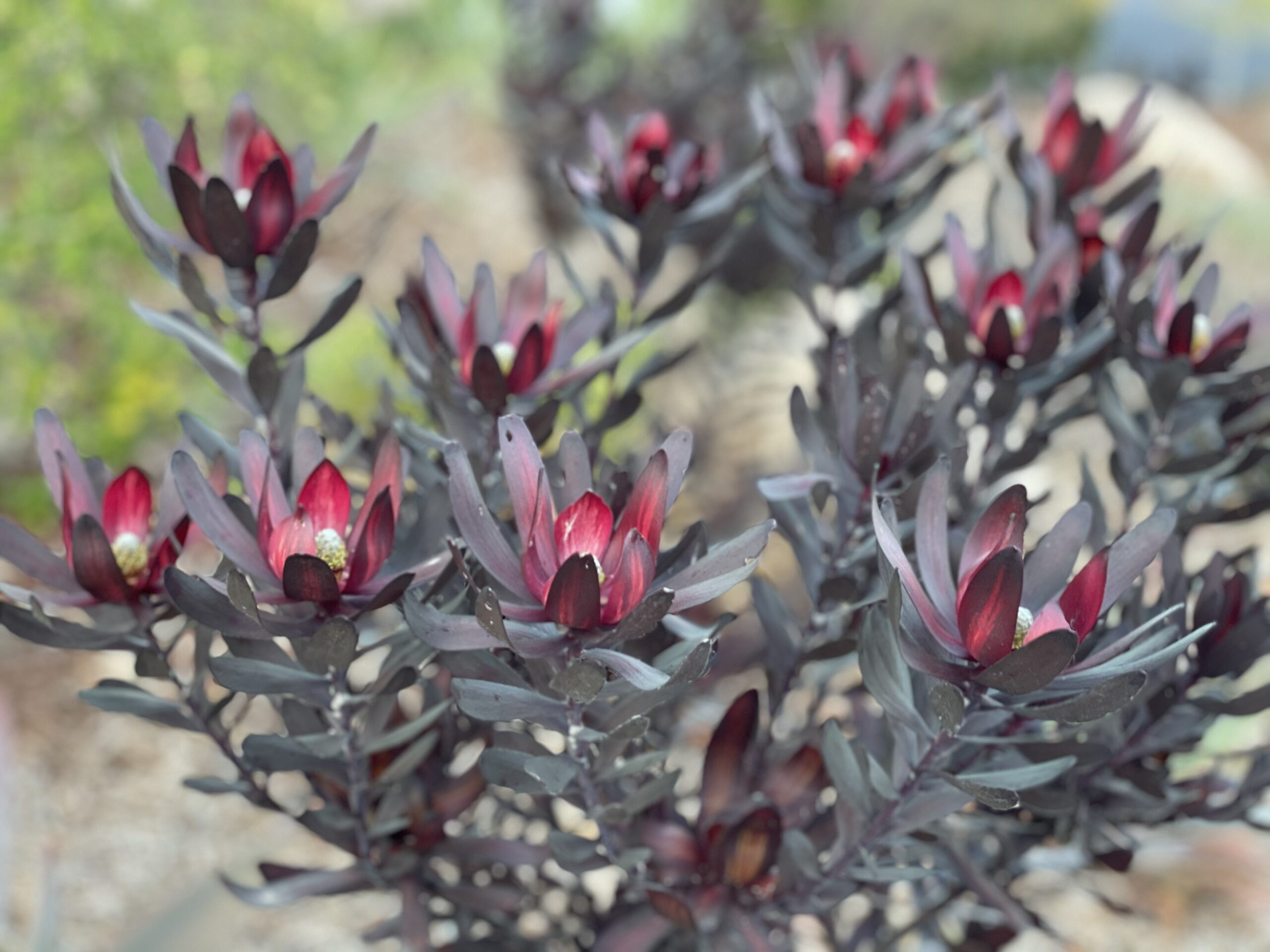
Readily Available Low-Water Plants for a Warming Climate

Contributor
- Topics: Drought and Fire Resilience
Fall 2022
Al Shay is the manager of the Oak Creek Center for Urban Horticulture on the campus of Oregon State University (OSU) in Corvallis. The center is a six-acre facility that focuses on research, organic food production and riparian zone restoration. Al also teaches six undergraduate courses at OSU that range from landscape design and herbaceous perennials to Building Sustainable Landscapes for the Twenty-first Century. He serves as the Horticulture Club faculty advisor, where he preaches sustainability to his students.
Corvallis is in the heart of the Willamette Valley that stretches 150 miles (240 km) north to south in western Oregon. The Willamette River flows to the north through the entire length and is surrounded by mountains on three sides: the Cascades, the Coast Range, and the Calapooya Mountains. The valley’s fertile, alluvial soils and flat topography attracted settlers of European origin after being touted as the land of “milk and honey” in the early 1800s.

Today, highly diversified agriculture (over 170 crops and livestock) takes advantage of its rich soils, transportation hubs, and a long growing season combined with a mild climate. The Willamette Valley is also synonymous with Oregon wine country, where more than 500 wineries cultivate mostly pinot noir grapes on over 19,000 acres across different soil types to produce world class vintages.
The Willamette Valley’s climate is classified as mediterranean, but compared to the true Mediterranean climate, it is cooler and wetter with a longer winter rainy season. Winter weather is generally cloudy and wet with frequent fog. Annual rainfall comes almost exclusively in the winter, and ranges from 36 inches in the north to 46 inches in the south. Temperatures are mild and snowstorms are infrequent. Summers are warm and sunny with low humidity and very infrequent rain events; however, this has been rapidly changing over the last 20 years. Summers have progressively gotten warmer, especially since 2015. The summer of 2021 experienced two extended heat waves that spiked the number of record hot days. Temperatures peaked at 115°F (46°C), hot even by American Desert Southwest standards. The weather in 2022 continues to flip between extremes. Moderately dry conditions prevailed during late winter and early spring, with winter precipitation ranging between 50 and 70 percent of normal. This was followed by one of the coolest and wettest springs on record. Then, many areas around the Williamette Valley experienced the hottest-ever July and August temperatures.
Future forecast models predict that the Willamette Valley’s climate may be the same as what Sacramento is currently experiencing. Models foreshadow warmer, drier summer weather which will change the landscaping plant palette in the not-too-distant future. Landscapes planted in the last 20 to 30 years are reaching maturity and many of the trees and shrubs selected are ones that now need supplemental summer irrigation to maintain a healthy landscape. Many of these plantings now show signs of heat and drought stress and look less appealing. Irrigation water is getting more costly or was not part of many commercial plantings, which is leading to increased plant mortality.

This changing regime has led Al’s focus on sustainable landscaping. He selects plants that are better suited to a hotter, drier climate. The era of commercial plantings of red maple (Acer rubrum) and David viburnum (Viburnum davidii), which require ample summer irrigation in the Willamette Valley, is ending.

Al created a trial bed five years ago in one of the most challenging horticultural locations on the OSU campus to showcase a sustainable planting using relatively “pedestrian” plant material. He selected a parking lot bed in need of a makeover, located in full sun. Construction rubble was brought in as fill with a cap of unamended, sandy loam for planting material. Planted in late fall of 2017, the bed had supplemental irrigation during the first summer only, to adequately establish the plantings. The amount of robust growth in the ensuing years—with no summer irrigation during some of Oregon’s hottest summers—is worthy of further investigation.
Some of the trial bed’s common plants are easily available at almost any independent nursery or large box store garden department. The following are usually viewed as mundane plant material for many horticulturists.
Teaching about these selected plants and their robust growth habit with minimal to no water has not been standard practice. Al’s passion is to teach sustainable landscaping to the next generation of landscape professionals. Through these trials, we are learning that teaching methods as well as planting practices must adapt. This will help ensure that future commercial and residential landscape plantings match the changing climate. The forward-thinking faculty and staff of Oregon State’s premier school of Horticulture in the College of Agricultural Sciences will continue to explore new ways of dealing with a rapidly changing world.

Right: Bay laurel (Laurus nobilis). Credit: Saxon Holt, PhotoBotanic
- Mugo pine (Pinus mugo)
- Bay laurel (Laurus nobilis)
- Japanese euonymus (Euonymus japonicus)

Right: Blue Star singleseed juniper (Juniperus squamata ‘Blue Star’). Credit: Saxon Holt, PhotoBotanic
- Crimson Pygmy Japanese barberry (Berberis thunbergii atropurpurea ‘Crimson Pygmy’)
- Blue Star singleseed juniper (Juniperus squamata ‘Blue Star’)
- Bush cinquefoil (Potentilla fruticose, Dasiphora fruticosa)

Right: Firewitch pinks (Dianthus gratianopolitanus ‘Firewitch’). Credit: David J. Stang, CC BY-SA 4.0
- Yeddo hawthorn (Rhaphiolepsis umbellata)
- Firewitch pinks (Dianthus gratianopolitanus ‘Firewitch’)
- Green Mound boxwood (Buxus x ‘Green Mound’)
Share:
Social Media
Garden Futurist Podcast
Most Popular
Videos
Topics
Related Posts

Design Futurist Award Announced: Committee Shares Vision
March 8, 2023 At Pacific Horticulture, we believe that beauty can be defined not only by gorgeous plants and design, but also by how gardens

Expand Your Palette: Waterwise Plants for your Landscape
There’s nothing more thrilling to plant lovers than discovering new plants to test in the garden. Here in the southernmost corner of California, we have

Portland Parks’ “Nature Patches”
Winter 2022 Nature is so beautiful when left to its own devices, yet crisply manicured lawns remain a status symbol. This is true in Portland,

Add Water: Scratching the Surface on Irrigation
Fall 2022 At its simplest, landscape irrigation is a combination of how much and how frequently water should be applied. However, these are two expansive











Responses